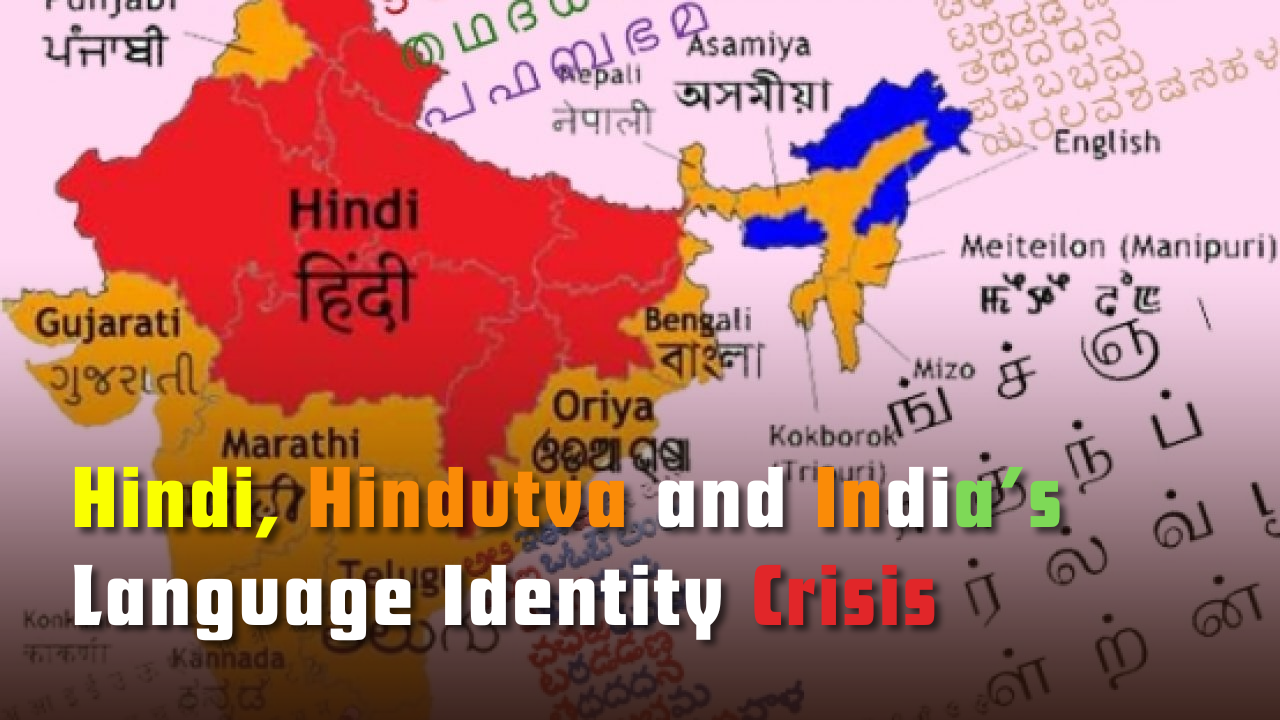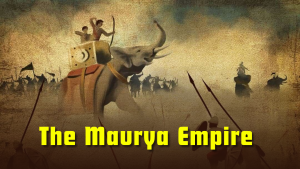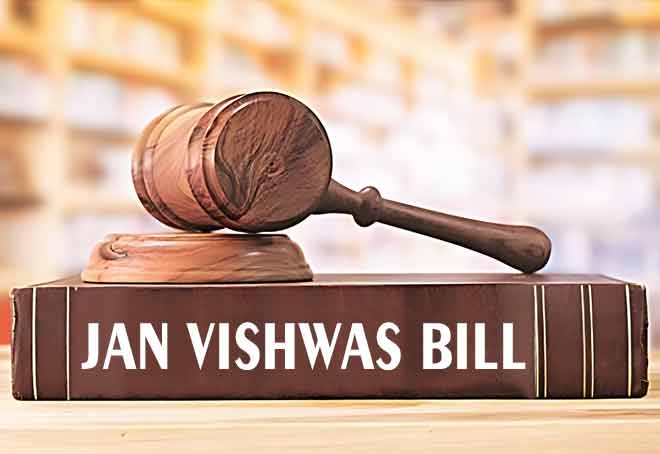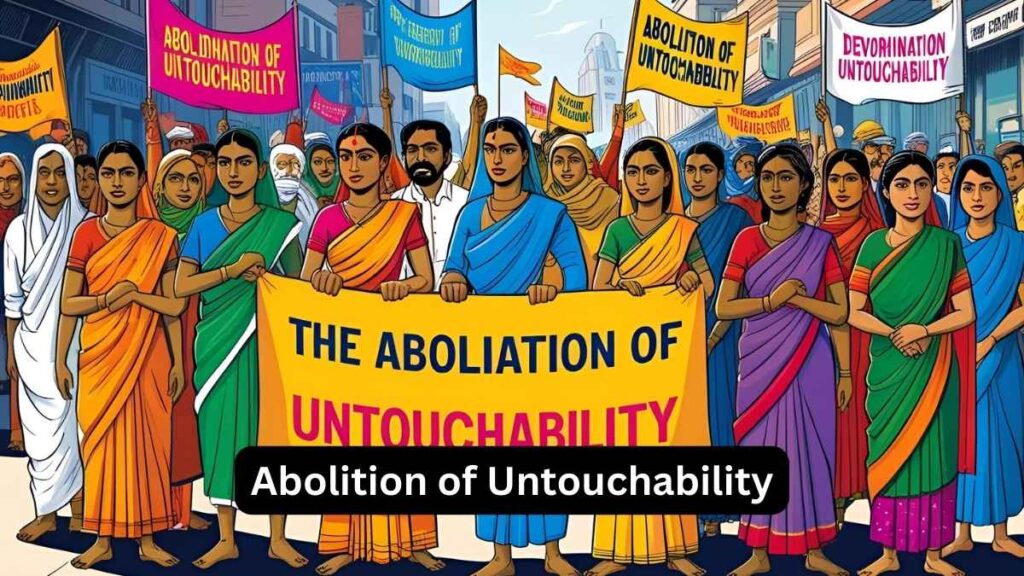Hindi, Hindutva and India’s Language Identity Crisis
Context: The imposition of Hindi in Maharashtra reflects a deeper ideological project tied to Hindutva, challenging India’s linguistic diversity and democratic pluralism.
Introduction: Understanding Language and Power
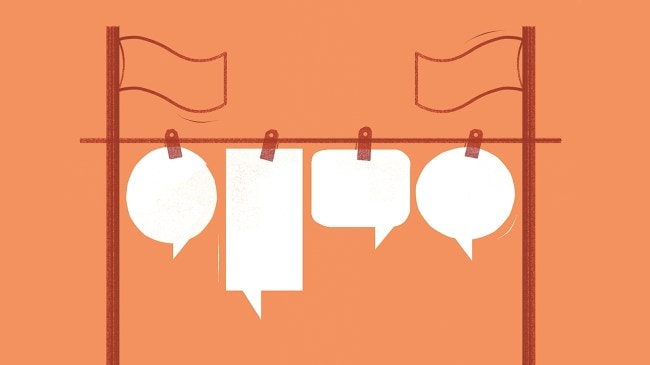
Language is more than just a way of speaking. It is deeply connected to culture, power, and identity. In his article “The Hindi in Hindutva” (The Indian Express, 8 July 2025) , Suhas Palshikar explores the recent decision by the Maharashtra government to impose Hindi from the first year of school. But he argues this is not just about education. Palshikar (2025) says, “The recent troubles over education policy in Maharashtra… amplify the debate over what we mean by the Indian nation.” His article shines a light on how this move is tied to a deeper political plan that favours one language, one culture, and one idea of what it means to be Indian.
This concern is echoed by Iliyas Husain, who highlights, in “Countering Hindi Nationalism” (Proceedings of the Indian History Congress, Vol. 78, 2017, pp. 1137-1146), the broader anxiety that “Hindi was called ‘Imperialist’ in independent India.” (p. 1137). He notes that even early supporters of Hindi, such as the eminent linguist Suniti Kumar Chatterji, withdrew their support, denouncing the aggressive push as a form of “militant linguistic chauvinism” (p. 1140). Similarly, Karthik Venkatesh reminds us, in “Hindi–Hindu–Hindustan: The History of a Slogan” (International Centre Quarterly, Vol. 44. 2, 2017, pp. 101-112), that the call for Hindi revealed a narrowing vision of nationalism, where language, religion, and territory were tightly bound. He writes, “Hindi… was now the behemoth oppressor, quashing regional pride” (p. 1020). Lakhan Gusain, while more optimistic, in “The Effectiveness of Establishing Hindi as a National Language” (Georgetown Journal of International Affairs, vol. 13. 1, 2012, pp. 43–50), clarifies an important fact often misunderstood: “Many people assume that Hindi is the national language of India, but… neither the Constitution of India nor any Indian law define a national language” (p. 43). His point suggests that the symbolic power attached to Hindi has outpaced its legal status, fuelling assumptions that may embolden efforts toward centralisation. These warnings strengthen Palshikar’s core message: that what seems like a linguistic decision may in fact be part of a deeper, majoritarian project.
This essay examines Palshikar’s ideas closely. It explores the article’s main claim, its predictions, its evidence, its exceptions and limits, and its proposed solutions. It also presents a strong counter-argument that views Hindi as a unifying language fit for modern India.
A Plan for Uniformity
The heart of Palshikar’s article is his belief that making Hindi compulsory in Maharashtra is part of a larger plan. This plan is not about helping children learn or building unity. Instead, it is about pushing a majoritarian idea that India should have just one identity. Palshikar (2025) writes, “The pro-Hindi policy of the state government has been in line with the BJP’s longstanding ambition to have Hindi… as the national language.” He sees this as part of Hindutva, an ideology that supports Hindu dominance. He argues that Hindutva is not only about religion but about making India look and sound the same everywhere. In this plan, Hindi becomes a tool to erase the rich diversity of languages, cultures, and histories across India. The article argues that the policy is not innocent or educational. It is political and part of a larger cultural takeover.
If Hindi Wins, Diversity Loses
Palshikar warns that if the push for Hindi continues, it will harm India’s linguistic diversity and the pride of regional identities. He sees a future where only one language is seen as Indian, while others are seen as less important. Palshikar (2025) writes, “The day when votaries of regional languages appreciate the link between making one language ‘national’ and making one culture national, we shall have a better handle to understand the politics of nationalism masquerading as the politics of a national language.” This line shows that he believes the plan to promote Hindi is also a plan to promote one culture over all others. If Hindi becomes the face of India, then Marathi, Tamil, Bengali, and other languages may be pushed aside. This would create a version of India that is less rich, less open, and less fair.
History and Ideology as Evidence
Palshikar does not base his argument on opinion alone. He supports it with examples from history and political thought. He reminds readers that even in the past, during India’s freedom struggle, some leaders thought a single language was needed to build the nation. But there were two ideas of how this could happen. One group believed in slow, respectful sharing and mutual exchange. The other, inspired by European nationalism and Hindutva thinking, believed in enforcing sameness quickly and forcefully. Palshikar (2025) says, “Two different models of uniformity operated in actual politics as India became independent.” Today, he argues, the BJP supports the second model—the one that values uniformity over diversity. The article also points out how majoritarianism works: by grouping many different people into one category and calling it the majority. As Palshikar (2025) puts it, “This ‘number’ is derived historically through amalgamating speakers of many other languages and claiming those languages as variants of Hindi.” This evidence shows how the language policy is built on a method of false grouping and power politics.
Regional Protests Are Not Enough
Though some people have opposed the policy, the article views these protests as weak because they miss the bigger picture. Palshikar (2025) writes, “Maharashtra’s protests against Hindi imposition will only produce a Marathi pride that is oblivious of the larger majoritarian project.” In other words, people are fighting to protect Marathi, but they do not see that the real danger is much bigger. The real problem is the idea that only one language and one culture should define India. These regional fights are often based on emotion or identity, not on political understanding. They do not see the threat to India’s overall diversity and democracy. Palshikar (2025) also points out that when the government backed down, it was only a “tactical retreat.” The larger plan to push Hindi is still alive, hidden behind committees and soft talk.
Rethink Resistance, Protect Diversity
The article calls upon readers to think more deeply. He says the real resistance must not just be about pride in one’s mother tongue. It should be about fighting the larger idea of forced uniformity. Palshikar (2025) warns, “Anti-Hindi politics will neither protect our linguistic diversity nor sensitise the public about the dangers of imposing uniformity.” The solution is not to reject Hindi out of anger. Instead, people across India must stand together to defend all languages and the right to be different. He calls for a political awakening that connects language rights with democracy, pluralism, and freedom. Only then can we stop the spread of a majoritarian idea that hides behind language.
Counter-Argument: Hindi as a Practical Choice
While Palshikar raises strong concerns, there is also a valid counter-argument. Some people believe that promoting Hindi is not about power or politics, but about practical needs. India is a country with many languages, and communication between states, government departments, and citizens is difficult without a common link language. Hindi is already spoken or understood by many people. Supporters argue that having Hindi as a national language can unify, not divide. They point out that the Three Language Formula already supports learning both regional languages and English along with Hindi. This means no language is being erased. A common language helps people feel part of a larger nation while still respecting their roots.
This view is further supported by the champions of bilingualism. They contend that bilingualism serves as a communication bridge between different speech groups. They explain that multilingualism does not necessarily mean conflict; it can lead to a non-conflicting type of societal bilingualism. In fact, they argue that when managed properly, the presence of a dominant language can function as an auxiliary or complementary language in education and governance without suppressing regional languages. They point out that functionality should guide language use, not ideology, and that Hindi, already serving many communicative functions, can coexist with regional tongues if the environment respects diversity. After all, the unity of mankind must be built upon a recognition and acceptance of mankind’s diversity.
Moreover, in a multilingual society like India, people regularly move between languages in daily life. From markets to universities, multilingualism is the norm. Bilingualism is growing, and even Hindi itself is not uniform but full of variations and dialects. It must be remembered that true linguistic planning does not come from myths, common knowledge and half-truths but from a full understanding of existing language realities.
In “Language Policy and Political Strategy in India” (Policy Sciences, vol. 22. 3/4, 1989, pp. 415–436), David D. Laitin offers a strategic lens to further reinforce this view. He observes, “India now has a de facto 3 ± 1 language policy” (p. 415), in which English and Hindi coexist as All-Union languages alongside the state language and possibly a fourth, depending on the region. This structure, Laitin explains, allows citizens to adapt without threatening India’s diversity. It is not an imposition but a practical equilibrium, where different linguistic needs are met across educational, administrative, and social domains. Rather than enforcing monolingualism, it respects diversity while addressing modern communication needs.
Critical Balance
Both sides raise serious points. Palshikar is right to warn that language can be used as a weapon of power. History shows that uniformity has been used to crush difference. His idea that some rulers see diversity as a messy inconvenience helps us understand why forcing Hindi might not really promote unity. However, the counter-argument reminds us that in a country as large as India, some shared system of communication is also needed. The problem is not the promotion of Hindi, but the manner and intent behind it. When promotion turns into imposition, democracy is threatened.
The real question is not whether Hindi should be taught, but whether any language should be pushed in a way that harms others. We need policies that encourage linguistic pluralism. This means promoting all languages, giving people real choices, and respecting regional cultures while building national unity. If Hindi is taught in this spirit—without force, without false numbers, and without making other languages feel small—then it can play a useful role. But if it is used as a symbol of one-culture nationalism, as Palshikar fears, it must be challenged.
A Warning and a Wake-Up Call
Suhas Palshikar’s article is not just about a school policy in Maharashtra. It is a warning about how language can become a tool for majoritarian rule. His thesis points to a hidden agenda in the push for Hindi. His hypothesis warns of a future where only one culture is seen as Indian. He backs his argument with history and shows how today’s protests miss the larger danger. While critics may argue that Hindi helps in unity and jobs, Palshikar urges us to ask: Unity for whom? Progress for whom? If unity means losing our rich diversity, then it is not real unity. Only when people across India unite for linguistic fairness and true pluralism can the soul of the nation be protected. India must remain a land where many languages flourish, not one where a single language dominates.
Subscribe to our Youtube Channel for more Valuable Content – TheStudyias
Download the App to Subscribe to our Courses – Thestudyias
The Source’s Authority and Ownership of the Article is Claimed By THE STUDY IAS BY MANIKANT SINGH
